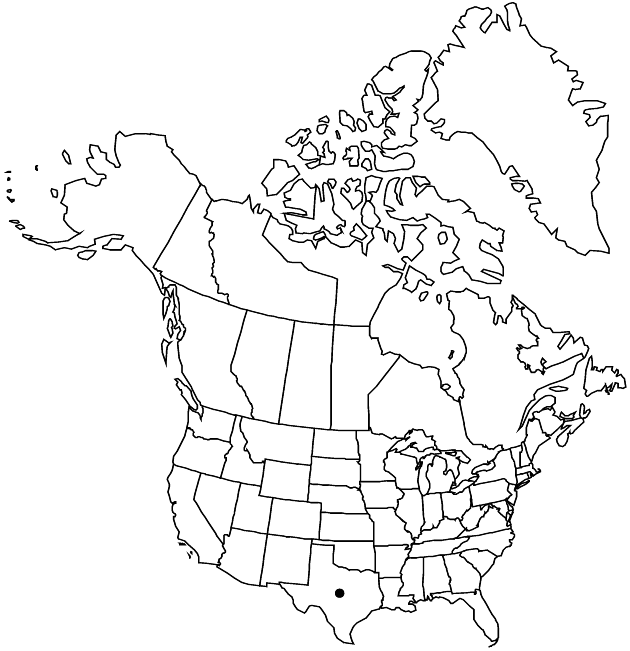Difference between revisions of "Hymenopappus artemisiifolius var. riograndensis"
Rhodora 58: 305, fig. 47. 1956.
Treatment appears in FNA Volume 21. Treatment on page 315.
FNA>Volume Importer |
FNA>Volume Importer |
||
| Line 45: | Line 45: | ||
|publication year=1956 | |publication year=1956 | ||
|special status= | |special status= | ||
| − | |source xml=https://jpend@bitbucket.org/aafc-mbb/fna-data-curation.git/src/ | + | |source xml=https://jpend@bitbucket.org/aafc-mbb/fna-data-curation.git/src/f50eec43f223ca0e34566be0b046453a0960e173/coarse_grained_fna_xml/V19-20-21/V21_774.xml |
|tribe=Asteraceae tribe Heliantheae | |tribe=Asteraceae tribe Heliantheae | ||
|subtribe=Asteraceae (tribe Heliantheae) subtribe Hymenopappinae | |subtribe=Asteraceae (tribe Heliantheae) subtribe Hymenopappinae | ||
Revision as of 20:40, 16 December 2019
Cauline leaves 2–8. Peduncles 2–5 cm. Phyllaries yellowish, 5–7 × 2–4 mm. Disc florets 40–60; corollas yellowish to reddish, 3–3.5 mm, tubes 2 mm, throats funnelform, 1.5 mm, lengths 1–1.2 times lobes. Cypselae 4–5 mm, ± villous; pappi 1.5–2 mm. 2n = 34.
Phenology: Flowering Mar–May.
Habitat: Sandy-clay or gravelly soils
Elevation: 0–50+ m
Discussion
Selected References
None.
Lower Taxa
None.
